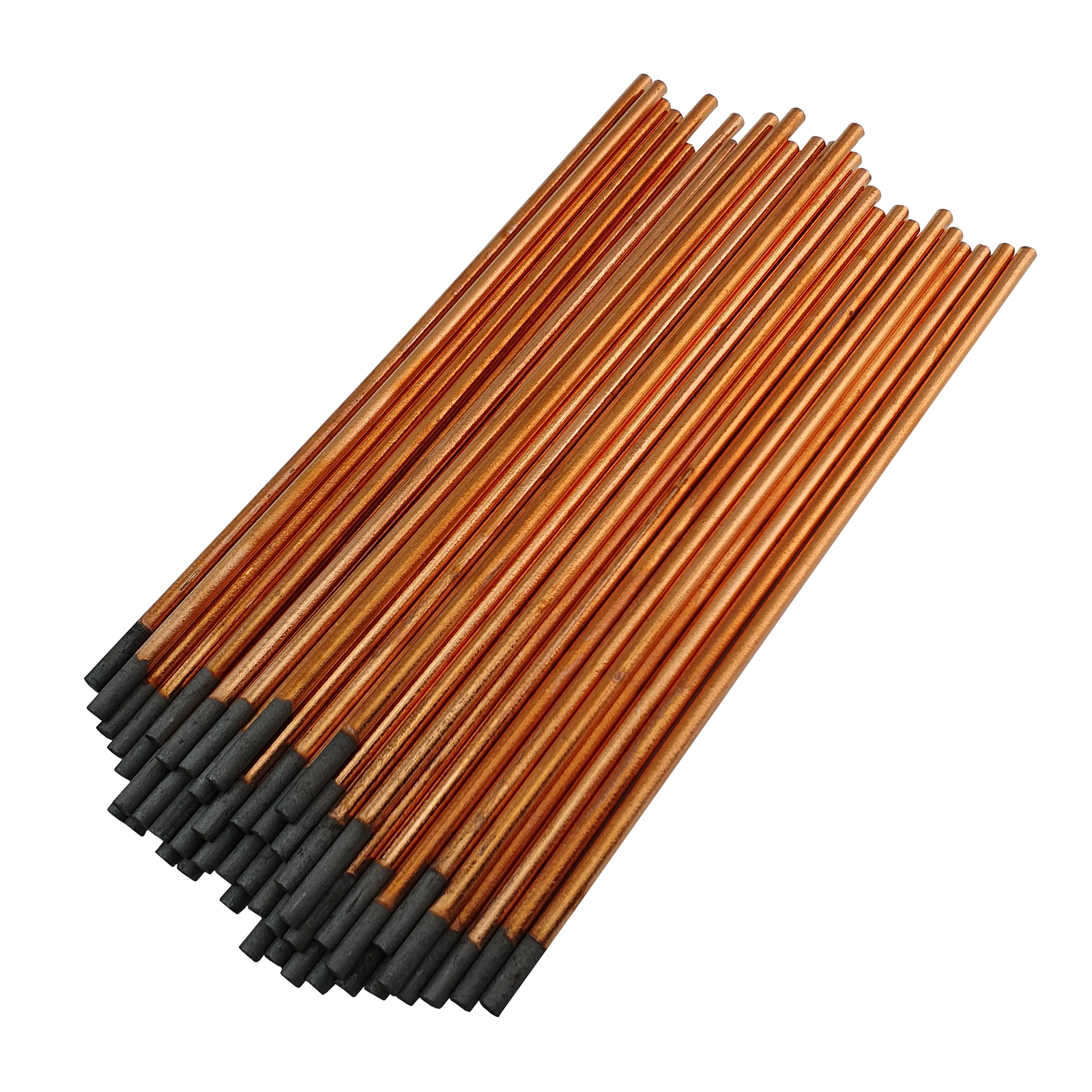Air Rods
Air rods, also known as lightning protection rods, are an essential part of protecting your property from the danger of lightning strikes. While lightning strikes may seem like a rare occurrence, they can be catastrophic when they do happen. Without proper protection, lightning can cause fires, damage electronics, and even harm people and animals. In this article, we will go over everything you need to know about air rods and how they can keep you safe.
Pain Points Related to Air Rods
One of the main pain points related to air rods is the misconception that they are unnecessary. Many people believe that their property won't be struck by lightning or that the protection provided by air rods is not worth the investment. However, the potential damage caused by a lightning strike far outweighs the cost of installing air rods.
The Target of Air Rods
The primary target of air rods is to provide a safe path for lightning to travel to the ground. This is achieved by creating a conductive path that connects the roof to the ground. When lightning strikes, it is attracted to the air rod and travels through it, safely dissipating the energy into the ground.
Summary of Main Points
In summary, air rods are essential for protecting your property from the danger of lightning strikes. Despite common misconceptions, investing in air rods is a worthwhile investment to prevent potential damage and harm caused by lightning. The primary target of air rods is to provide a safe path for lightning to travel, dissipating energy into the ground.
Air Rods and Their Role in Lightning Protection
When I first learned about air rods, I was amazed by how simple and effective they are in protecting properties from lightning strikes. In fact, I recently had air rods installed on my own roof, and it gives me peace of mind knowing that my property and family are protected.
Air rods work by providing a highly conductive path for lightning to follow. When lightning strikes, it is attracted to the air rod and travels down the path created by the air rod, allowing the electrical energy to be safely dissipated into the ground. By having air rods installed on your property, you can greatly reduce the risk of damage caused by lightning strikes.

Aside from their protective role in lightning strikes, air rods also play an essential role in grounding protection. When properly bonded, air rods can help to keep electrical equipment and appliances safe from surges caused by lightning strikes.
Installation and Maintenance of Air Rods
When it comes to installing air rods, it is crucial to work with a qualified professional who can properly assess your property's needs and install the air rods according to the necessary building codes and regulations. It is also important to schedule regular maintenance checks to ensure that the air rods are functioning properly.

During maintenance checks, the air rods should be inspected for any signs of damage, corrosion, or wear and tear. It is essential to keep the air rods in good working condition to ensure they can provide maximum protection during a lightning strike.
Grounding Protection with Air Rods
As mentioned earlier, air rods can also provide grounding protection. This means that they can help to prevent electrical equipment and appliances from being damaged by the electrical surges caused by lightning strikes. By providing a low resistance path to ground, air rods can effectively redirect any surges away from your sensitive electronic equipment and appliances, keeping them safe.

In addition to air rods, there are other types of grounding protection devices such as surge protectors, which can also be used to protect your electronic equipment. However, it's important to note that air rods are an essential part of any comprehensive lightning protection system.
Frequently Asked Questions about Air Rods
Q: Do air rods provide protection against all lightning strikes?
A: While air rods are highly effective, they cannot provide protection against a direct lightning strike. However, they can greatly reduce the risk of a direct hit and provide a path for the electrical energy to be safely dissipated into the ground.
Q: How often should air rods be inspected?
A: Air rods should be inspected annually by a qualified professional to ensure they are functioning properly.
Q: Do air rods require any maintenance?
A: Yes, air rods should be inspected regularly for signs of damage, corrosion, or wear and tear to ensure they are functioning properly.
Q: Can air rods be installed on any type of roof?
A: Yes, air rods can be installed on any type of roof, including metal, tile, or asphalt. However, the installation process may vary depending on the type of roof.
Conclusion of Air Rods
In conclusion, air rods are an essential part of protecting your property from the danger of lightning strikes. By providing a conductive path for lightning to travel safely to the ground, air rods can greatly reduce the risk of damage and harm caused by lightning strikes. It's important to have air rods installed by a qualified professional and to schedule regular maintenance checks to ensure they are functioning properly. With air rods, you can have peace of mind knowing that your property and family are protected from the unpredictable danger of lightning strikes.
Gallery
Furse | Air Rods | Air Termination | Earthing & Lightning Protection

Photo Credit by: bing.com / furse tercel abb
Paradox: AIR RODS
.jpg)
Photo Credit by: bing.com / rods air flying paradox ann miles photography
DC Gouging Carbons - 6.5mm X 50 Pack - Carbon Arc - Air Arc Rods | EBay

Photo Credit by: bing.com / arc rods air gouging carbon dc 5mm carbons pack function
Air Push Rod 1.5m - Wardsflex

Photo Credit by: bing.com / rods 5m wardsflex
Paradox: AIR RODS

Photo Credit by: bing.com / rods air cryptid skyfish camera paradox insects wikia insect